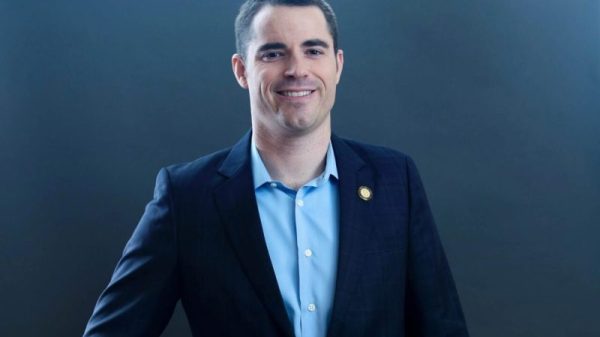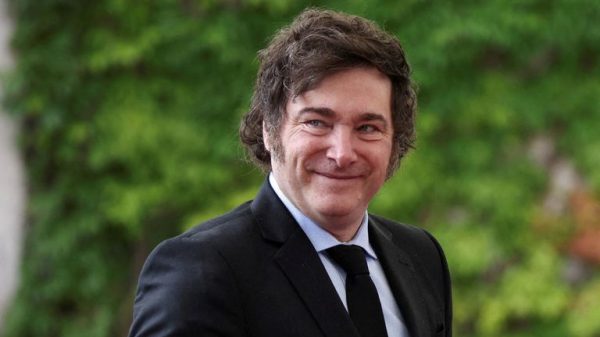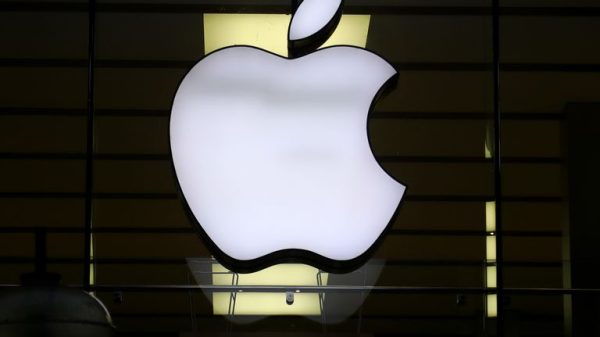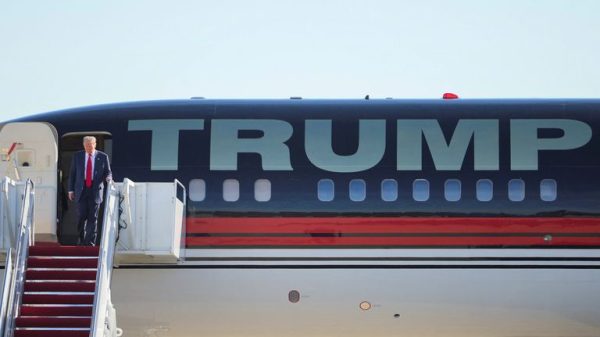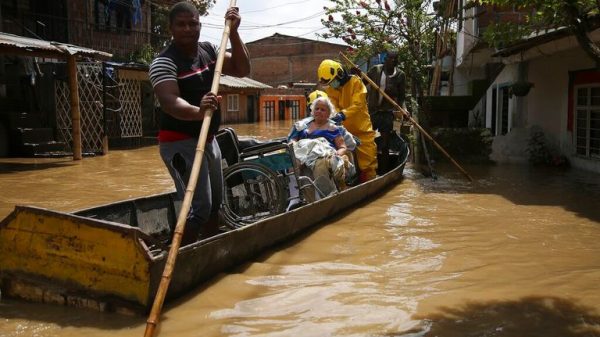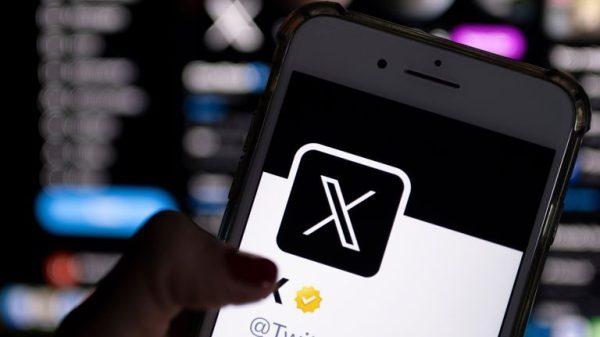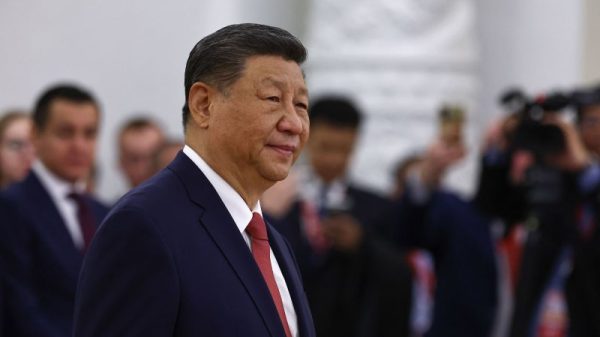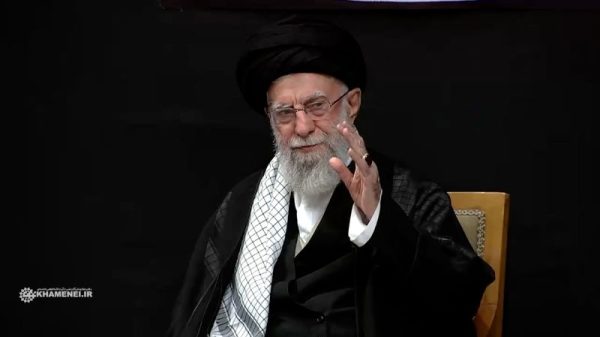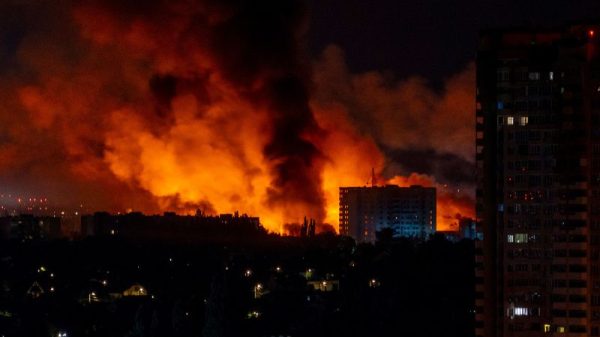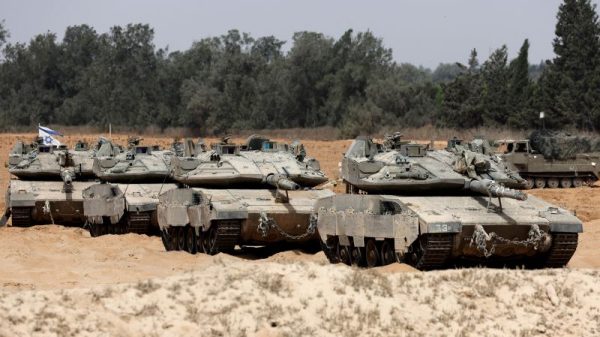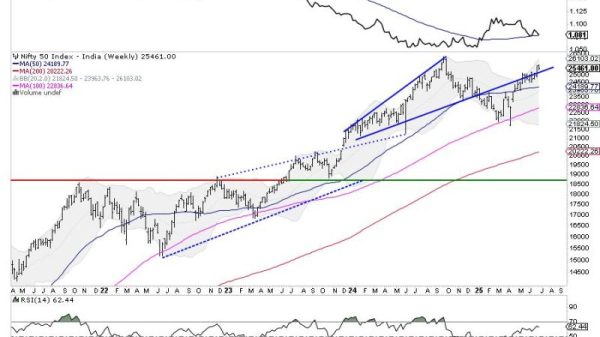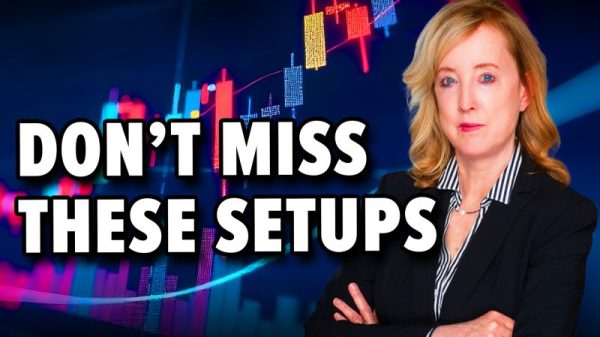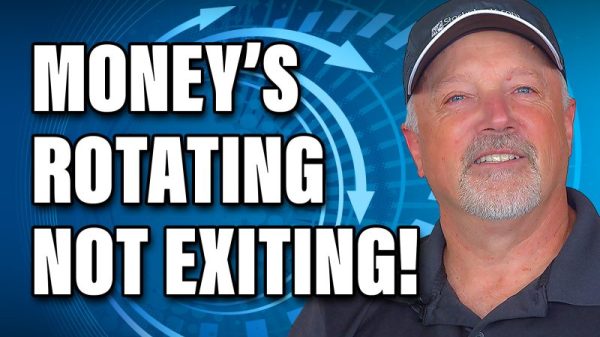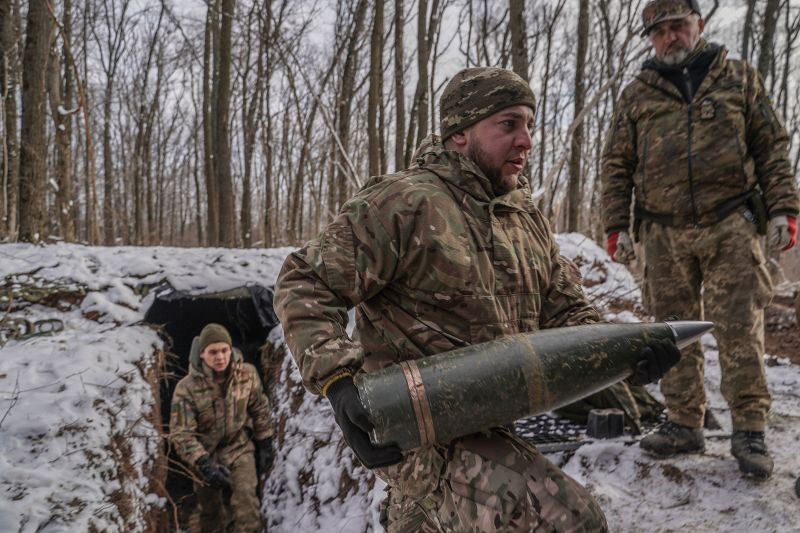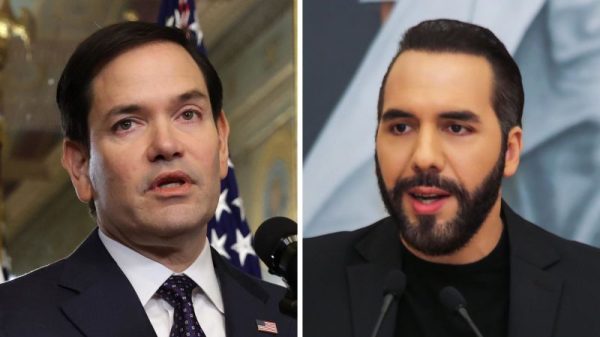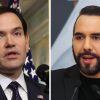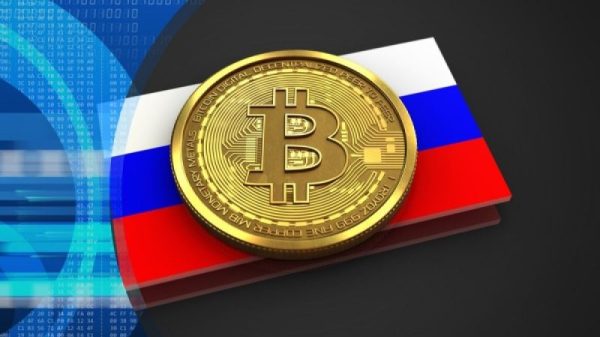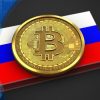
The split screen is horrifying. On one side, a White House whose policy is in turns strident, revisionist, and then – it seems, sometimes – in urgent need of clarification. On the other, Ukraine, where President Volodymyr Zelensky is outside, looking in, on peace talks, while hundreds die daily on frontlines where Moscow is winning, and children are frequently pulled from the rubble of Russian airstrikes.
As Ukraine’s brutal war nears its third year, the two visions risk becoming irreconcilable.
The White House’s contradictory positions will be partly to blame here. We have seen a startling week in which the US Secretary of Defence Peter Hegseth said Ukraine could not join NATO or get its pre-2014 borders back. He either broadcast a key plank of US President Donald Trump and Russian President Vladimir Putin’s secret peace deal inadvertently or gave away a key part of Ukraine’s diplomatic negotiating hand to the shock of Europe.
Ukraine’s allies may have all known that, in reality, it would not join NATO soon, or get its borders back to when the east and Crimea were in its hands, but had kept that as a concession to make to Russia during, not before, negotiations.
It keeps coming.
US Vice President JD Vance told the Wall Street Journal, apparently, the US might send troops to Ukraine, in extremis – that it would use “tools of leverage” both military and economic. Did he really unveil the polar opposite of Hegseth’s comments in Brussels that no American soldiers would go to Ukraine? Why did he not mention Russia at all, when addressing European allies in Munich about largely fictional totalitarianism in western democracies? Also, did Trump misspeak when he said there would be “high-level people” from Russia, Ukraine, and the US in Munich for a key security conference – or did he mean Saudi Arabia?
Moscow and Kyiv didn’t seem to think anyone of that level is going to Munich for those kind of talks. Or are there secret talks happening that Trump cannot keep quiet?
During this short period of whiplash, by the worst battlefield estimates, up to 5,000 troops have been killed or injured on the frontlines in Ukraine. Romania and Moldova have complained of Russian drones interfering in their airspace. At least 13 civilians have died and 72 been injured in Russian attacks on Ukraine. A Russian drone has been fired at Chernobyl nuclear plant, Ukraine said Friday.
A war is happening – and Russia is winning it, at huge cost for Ukraine – while the White House seems to work out what it really thinks in public.
Behind these vacillating positions on NATO membership, Ukraine’s borders and and US troops in Ukraine, lies the darker truth that we simply do not know what Trump and Putin have spoken about, in what Trump has said was more than one call since he came to the White House.
Firstly, it is important to reflect on the precedent here: Trump has swept away three years of isolation of the Kremlin from the West without concessions. He got Marc Fogel released – in exchange, it seems, for Alexander Vinnik, accused of running a multibillion-dollar cryptocurrency exchange, gifting Moscow a moment of staggeringly warm rehabilitation for an American television audience. But there have been no concessions so far, in public, from Russia to Ukraine.
Instead, we had the bizarre revisionism of Trump suggesting Russia invaded because Ukraine was about to join NATO.
To repeat, three exhausting years in, Russia invaded Ukraine unprovoked in 2022 out of some strategic sense of concern it needed to project strength along its borders, and mistakenly thinking the invasion would take a matter of weeks, and be welcomed with open arms.
Ukraine wanted warmer relations with the European Union and dreamed of perhaps joining NATO one day, but in the same way Zelensky probably dreamed one day as a young boy of joining the Beatles. Neither was going to happen any time soon.
The revisionist notion that Russia acted to stop Ukraine’s NATO membership is a Kremlin talking point. And it is clear now Trump has spent more time talking to Putin than Zelensky. He even suggested that Zelensky’s time in office might soon end, as he needs to eventually hold elections, and his poll numbers are “not particularly great, to put it mildly”.
It’s hard to understate the impact of the world’s most powerful man suggesting a wartime commander lacks a current mandate and might soon need to step aside. Perhaps this is part of the private plan – it is certainly what Putin wants, as elections would undoubtedly be a mess and produce a mandate that was questioned. It is, above all, potentially catastrophic to Ukrainian morale – soldiers must agree to continue to risk their lives for a president whose key financial backer considers a lame duck.
This is where the two split screens collide.
Trump’s world is one where off-the-cuff statements can be massaged, and his telegenic cabinet overturn the paradigms of global security hourly, without major consequence. Their echo chamber just reassuringly feeds back the corrected version of policy. On the other side of the screen, Ukrainians die, lose territory, see apartment blocks reduced to rubble, consider desertion, and watch the backbone of their western support dissolve.
This is all a symphony of chaos to the Kremlin. They know what their objectives are, which, simply put, amount to whatever they can get. And that is a lot when the key adversary they actually fear, the United States, is so publicly unsure what it wants, why it wants it, and what its red lines are.
Peace talks have started, but the sands are not just shifting for Ukraine, they risk becoming quicksand.



